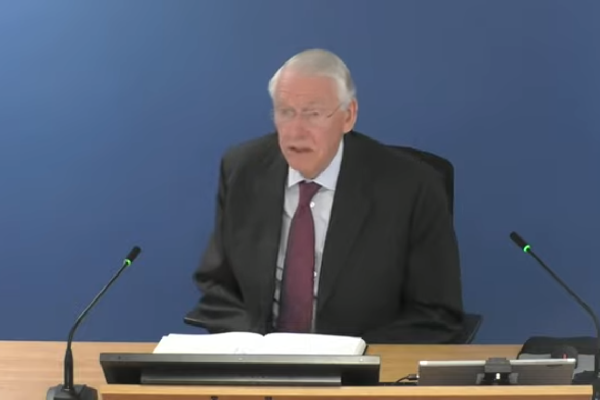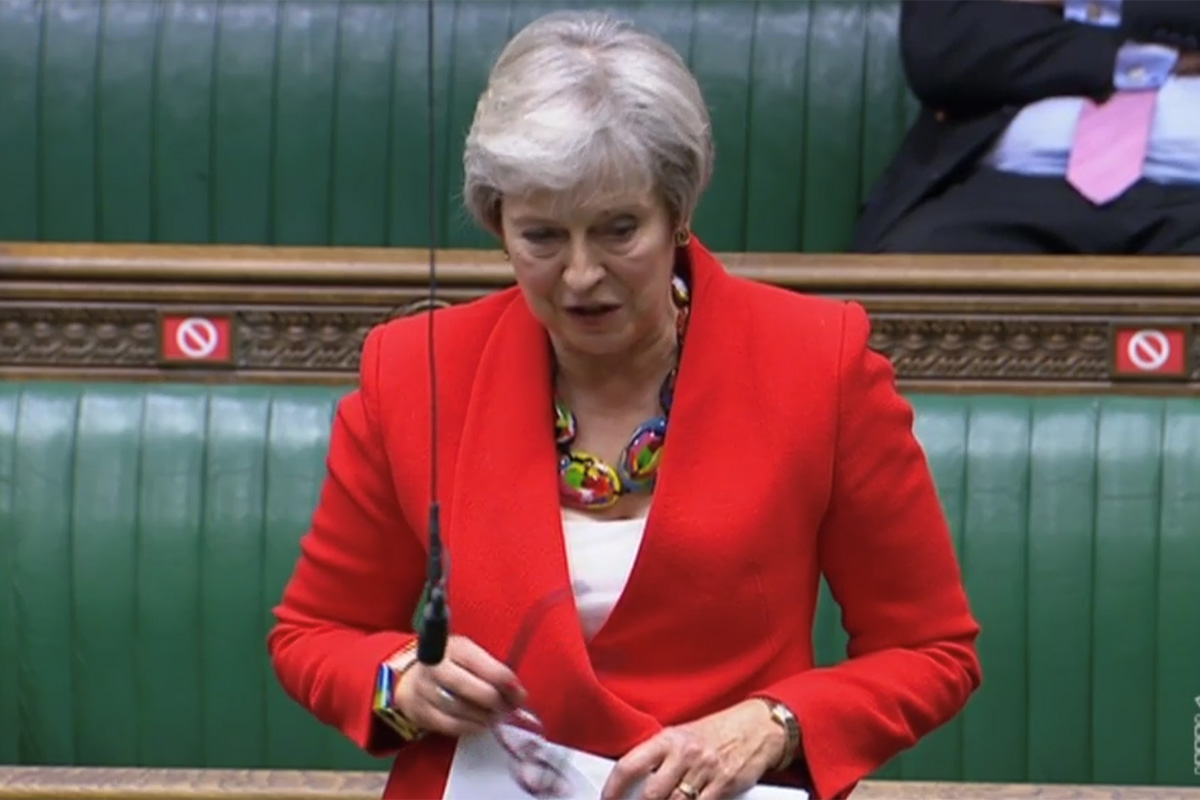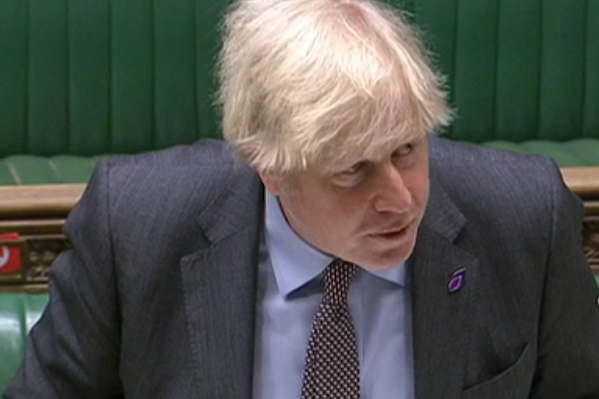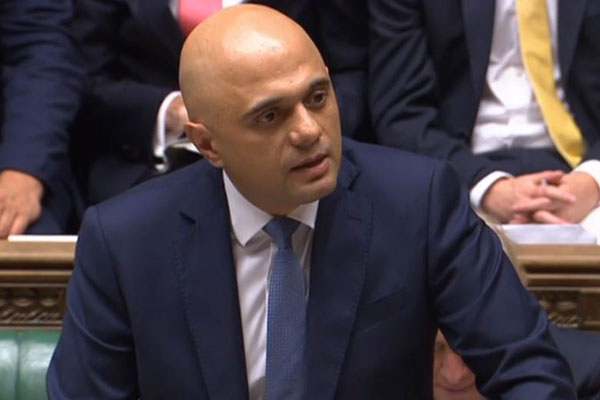Four years on, has the government kept the promises it has made since the Grenfell Tower fire?
Since the Grenfell Tower fire, a series of politicians have made pledges of change. But now we have reached the four-year anniversary of the tragedy, we ask whether they have been true to their word. Peter Apps reports
Two years ago, Inside Housing looked at progress in delivering a number of pledges made in the aftermath of the Grenfell Tower fire.
Now, as we reach the four-year anniversary of the tragedy, it is time to take another look.
Building safety
“We cannot and will not ask people to live in unsafe homes” – Theresa May, 22 June 2017
Has it been kept?
Since the Grenfell Tower fire, around 3,500 high-rise and an unidentified number of medium and low-rise blocks have been found with dangerous cladding systems and other defects such as combustible balconies and missing cavity barriers.
While money has been announced for cladding removal on buildings above 18 metres tall, there is no funding for other forms of work and often no legal route to hold developers or building owners to account. Residents, unable to sell, have no choice but to continue living in these homes. The government has resisted calls to fund sprinklers, fire alarms or other life-saving devices beyond a £30m pot for alarms in a limited number of buildings.
There remains no government-led programme to identify and remediate unsafe buildings. Instead, this process is led by the ad hoc requirements of building owners, insurers and mortgage providers and carried out by private and largely unregulated assessors.
While there has not been another mass fatality fire since Grenfell, there have been enough near misses to suggest that it is only a matter of time.
Verdict: promise not kept
“My expectation is that, other than in exceptional circumstances, building owners should complete remediation within six months of agreeing a plan – by June 2020” – James Brokenshire, June 2019
Has it been kept?
Referring to the remediation of unsafe aluminium composite material (ACM) cladding, as used on Grenfell, then-housing, communities and local government secretary James Brokenshire announced a deadline of June 2020 for the completion of remediation works. He said all works to social housing blocks would complete by December 2019.
This promise was woefully broken. When Mr Brokenshire made the pledge, 327 buildings were awaiting works and by June 2020 there were still 307. When challenged, the government backed away from the pledge, issuing a statement saying: “Remediation work takes time and must be done safely and properly.”
Nonetheless, in May 2020, Lord Stephen Greenhalgh set out an 'ambition' that all remediation work to the ACM-clad blocks would be on site by the end of 2020 and complete in 2021.
While progress accelerated considerably, this pledge was still comfortably missed. The most recent figures from the end of April show that work has still not started on 36 buildings. With 252 of 469 buildings complete (53%), Lord Greenhalgh looks unlikely to meet his ‘end of year’ pledge for completions either.
Verdict: promise not kept
“We are determined that no leaseholder should have to pay for the unaffordable costs of fixing safety defects that they didn’t cause and are no fault of their own” – Boris Johnson, 4 February 2021
Has it been kept?
This promise had in fact been broken before it was made, with residents at several developments already having paid out to fix defects. One tower block, Skyline Central 1 in Manchester, was consciously excluded from government support because works had already started.
And a matter of weeks after making this statement during Prime Minister’s Questions, the government announced proposals for a scheme to provide leaseholders in buildings between 11 and 18 metres
tall with loans to pay for the removal of cladding.
This scheme will not launch for around two years and does not cover buildings below 11 metres. Inside Housing has seen service charge demands already being sent to buildings below 18 metres calling for sums of more than £30,000 per flat to cover remediation costs.
And for those in buildings taller than 18 metres, despite the presence of £5.1bn to cover cladding removal, other defects are not covered. These can total more than six figures per flat – and Mr Johnson’s promise extended to ‘fire safety defects’, not just cladding. Mr Johnson in fact whipped his MPs multiple times to avoid introducing statutory protection for residents from the costs of paying for defects.
Verdict: promise not kept
Social housing reform
“The legacy of Grenfell can and must be a whole new approach to the way this country thinks about social housing… It demands nothing less” – Sajid Javid, 19 September 2017
Has it been kept?
The promised reform of social housing has been glacially slow and – four years on from the fire – remains in its formative stages, if it is coming at all.
It took almost a year from former housing, communities and local government secretary Mr Javid’s speech to see the promised publication of a Social Housing Green Paper, with the headline promise of ‘league tables’ for social landlords. But after this idea was roundly panned, it was dropped.
More than two further years passed before the publication of a white paper last autumn, which promised changes to social housing regulation to focus more on services to tenants.
But there is no official timeline for bringing this into force. While the proposals in the white paper were referenced in the recent Queen’s Speech, there was no commitment to the ‘social housing bill’ that would be necessary to introduce it. This promise is, at best, on hold.
Verdict: on hold
“Let the legacy of this awful tragedy be that we resolve never to forget these people and instead to gear our policies and our thinking towards making their lives better and bringing them into the political process” – Theresa May, 22 June 2017
Has it been kept?
This pledge was Ms May’s clearest promise following the fire. It has, unfortunately, also fallen off the political agenda. Initial meetings were held with tenants’ group A Voice for Tenants in 2018, but as Brexit took centre stage, dialogue with ministers halted.
The group eventually wrote an open letter to ministers that expressed “disappointment” that there had been “next to no dialogue between government and our group since the end of 2018”.
It continued: “It is also the case that our group – which has had no financial resources – is now finding it hard to progress any further.
“Perhaps we were naive, but we never anticipated that it would take nearly two years for any progress to be made and that there would still be no resources to enable even our small group of tenants to debate issues.
“It is a fundamental democratic deficit that the views of the eight million people living in the four million social housing tenanted homes are being ignored. Most social housing tenants feel totally disregarded and disrespected by politicians and their landlords alike. Unless we start to take steps to address their alienation and powerlessness, there will be long-term negative consequences for society as a result of it.”
No further steps towards establishing such a group have been taken since Ms May was replaced with Mr Johnson.
The government says there will be “ongoing ministerial engagement during the implementation process” of the Social Housing White Paper proposals, but as we hit the fourth anniversary this promise has certainly not yet been kept.
Verdict: promise not kept
The Grenfell Tower Inquiry

“We’re working to implement every recommendation made by the first phase of the inquiry” – Boris Johnson, 14 June 2020
Has it been kept?
Boris Johnson and other ministers have promised repeatedly to implement the Grenfell Tower Inquiry recommendations in full. But in reality, several key aspects covering housing do not yet have the government’s full backing.
The inquiry called for personal emergency evacuation plans for residents with disabilities in high rises. But the government initially sought to apply this only to buildings with dangerous cladding, and new guidance published by the British Standards Institute (BSI) late last year suggested that the preparation of such plans was unnecessary.
A legal challenge from a bereaved family forced a new consultation and the withdrawal of the BSI guidance, but it is still some way from implementation.
Similarly, the inquiry called for three-monthly checks on fire door self-closers on all multi-occupancy blocks. This recommendation was watered down to six-monthly checks in high rises and annual checks in other buildings.
The inquiry also recommended the installation of manual alarms, which could allow the fire service to send an evacuation signal to all or part of the building if the ‘stay put’ policy failed. But there has not yet been any commitment from government to implement this, and instead it is “commissioning research”. As a result, alarms are not generally being retrofitted, except to blocks that are known to have dangerous cladding. New build properties are still going up without any alarm systems.
Other recommendations may start to be bought forward now that the Fire Safety Act is in force, but as of February only four of 29 aimed at the London Fire Brigade had been introduced.
Verdict: promise not kept
Update: at 9.30 on June 14 2021
This story was updated to make it clear that Lord Greenhalgh had set an 'ambition' for cladding removal not a 'promise'
Government response
A government spokesperson said: “The Grenfell Tower fire was a tragedy that must never be allowed to happen again and we are working to implement the recommendations from the first phase of the Inquiry.
“We are making progress, with the biggest improvements to building and fire safety in 40 years, including a comprehensive £5 billion plan to help, alongside important new measures to improve the quality of social housing for residents.
“It is the responsibility of building owners to make their buildings safe and we expect them to take swift action to fix unsafe cladding. Work is complete or underway in 95% of buildings identified as having ACM cladding at the beginning of 2020 and we expect that work to be completed at pace.”
Sign up for our weekly Grenfell Inquiry newsletter
Each week we send out a newsletter rounding up the key news from the Grenfell Inquiry, along with the headlines from the week
Already have an account? Click here to manage your newsletters





